B71-CM280-100μg / 询价
B71-CM280-500μg / 询价
B71-CM280-500μgx2 / 询价
Cynomolgus B7-1/CD80 Protein
Recombinant Cynomolgus B7-1/CD80 Protein is expressed from HEK293 with hFc tag at the C-terminus.It contains Val35-Asn242 [Accession | G7NXN7].
The protein has a predicted MW of 49.84 kDa. Due to glycosylation, the protein migrates to 60-80 kDa based on Bis-Tris PAGE result.
> 95% as determined by Bis-Tris PAGE
> 95% as determined by HPLC
Less than 1EU per μg by the LAL method.
Lyophilized from 0.22 μm filtered solution in PBS (pH 7.4). Normally 8% trehalose is added as protectant before lyophilization.
Centrifuge the tube before opening. Reconstituting to a concentration more than 100 μg/ml is recommended. Dissolve the lyophilized protein in distilled water.
-20 to -80°C for 12 months as supplied from date of receipt.
-80°C for 3 months after reconstitution.
Recommend to aliquot the protein into smaller quantities for optimal storage. Please minimize freeze-thaw cycles.
Cluster of differentiation 80 (also CD80 and B7-1) is a protein found on dendritic cells, activated B cells and monocytes that provides a costimulatory signal necessary for T cell activation and survival. It is the ligand for two different proteins on the T cell surface: CD28 and CTLA-4.
CD80 molecule; B7; B71; B7-1; BB1; CD28LG1; CD80; B7.1; CD28LG1; LAB7
(1)Merwe V D , P. A. CD80 (B7-1) Binds Both CD28 and CTLA-4 with a Low Affinity and Very Fast Kinetics[J]. Journal of Experimental Medicine, 1997, 185(3):393-404.D









